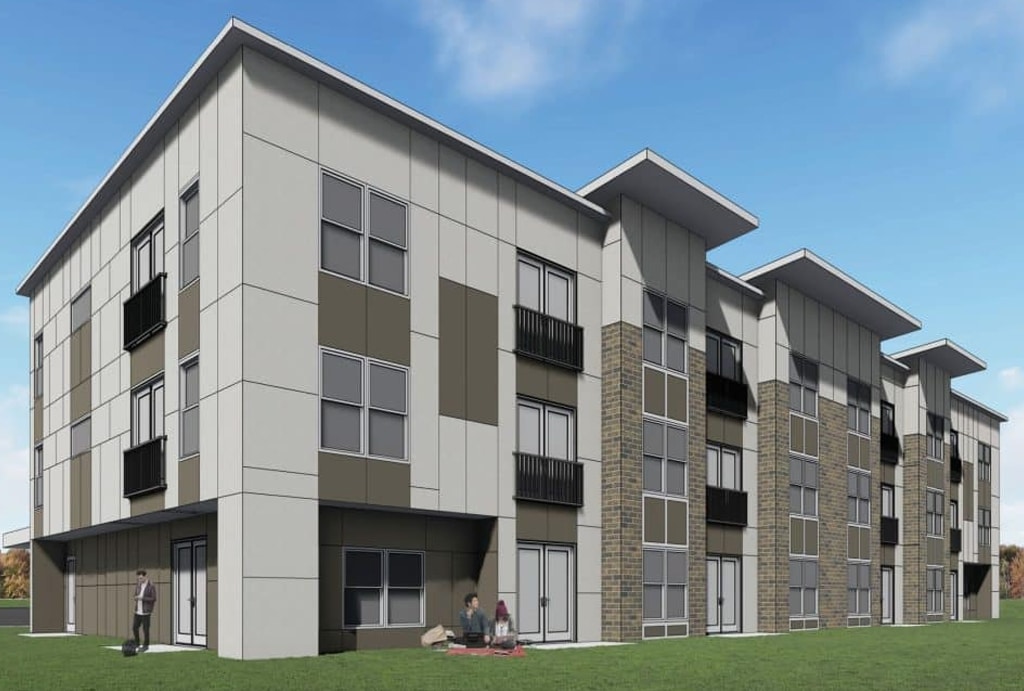Built Up Roofing: A Quality, Reliable Standard
There’s good reason why built up roofing has remained a reliable standard in commercial roofing for over a century. Built up roofing, also known as BUR, is designed for heavy-duty long-lasting wear. Stay Dry Roofing in Indianapolis takes a closer look at built up roofing, what it’s made of, how it’s installed and what kind of repair and maintenance is involved.
The Components Of Built Up Roofing
Built up roofing is frequently called “tar and gravel” roofing. Specifically, the “tar” is a black, viscous material called bitumen. This is a blend of hydrocarbons that is either derived from a natural source or can be made from petroleum distillation residue. Sounds fancy, but this just means that bitumen is generally made of asphalt, coal tar or cold-applied adhesive.
BURs are like a layer cake in that a strong, reinforced fabric (also called a membrane) and the bitumen are applied one on top of the other, generally at least four times. The final layer in built up roofing is a coating of crushed rocks or gravel. In some cases, a base sheet is laid down first, making up the initial ply, and will be secured with fasteners. A “fully adhered” built up roof is one that is laid directly onto roof decking or insulation.
The reinforced fabric is known as well as roof felt or ply sheeting. The felt receives reinforcement through a glass-fiber or an organic mat. The felt comes in a 36 inch width or an approximated meter in metric width.
The Installation Process Of A Built Up Roofing
If the bitumen is made of asphalt or coal tar, it will be brought to high temperature before being applied either with mops or mechanized spreaders. If the bitumen for the built up roofing is a cold-applied adhesive, heating before application isn’t needed.
For the last layer of a built up roof either rock or gravel aggregates, glass-fibers or mineral surfaced cap sheets are spread. This is covered with a finishing ply of asphalt, aluminum coating or a polymer coating called an elastomer.
Besides these standard materials, a built up roof may also include a 2 or 3-ply cap sheet system of polymer-modified bitumen. These types of built up roof systems are known as “hybrids.”
Built Up Roof Material Standards
The National Roofing Contractors Association (NRCA) doesn’t offer a recommendation regarding the products or any manufacturers. But the association does advise that bitumen, felt and matting for built up roofing systems should adhere to the standards held by the American Society for Testing and Materials International (ASTM International).
What To Look For In Built Up Roofing Warranties
In hiring a contractor for built up roofing, you should ask about two specific types of warranties. To begin with, ask about the manufacturer warranty. Generally speaking, this type of warranty will cover any defect that may have occurred during the production of roof membranes. It’s recommended that you read the National Roofing Contractors Association’s advisory bulletins that address the topic of built up roofing material warranties. When the roofing has been completed, it’s important that you have the contractor provide a certificate for your files.
The other warranty that should be provided to you is the contractor’s own warranty guaranteeing the quality of workmanship while installing the built up roofing. This warranty should guarantee installation along with any associated issues. Make sure that it covers all items regarding installation, as well as what conditions would void their warranties. The usual workmanship and installation warranty is either one or two years..
Built Up Roofing Repair & Maintenance
In doing routine built up roofing repair and maintenance, proper coating is imperative. The coating of built up roofing is what protects it from solar damage. Be aware that this coating is entirely different from waterproofing. It does not prevent water from seeping into your building and is not intended as a repair material for leaks. The task of maintaining a dry, non-leaking roof falls to the proper installation and maintenance of your roof’s flashings. But built up roofing that is not coated for sun protection deteriorates quicker and is at risk for premature leaking, leading to far more costly built up roofing repair down the road.
This is the reason that proper coating of built up roofing entails meticulous prep prior to the application of the coating. Prepping includes re-sealing any leakage found; the repair of any damaged or aged-out flashing; an inspection for, and the repair of, cracking or gaps in roofing materials; and a thorough clean-up of the roof’s surface before any coating in applied. While such built up roofing repair and maintenance done during the preparation for coating may be an extra expense, the longer life of your built up roofing because of it will pay off in the long run.
In general, built-up roofing needs a fresh coating between four and six years. But you should have your roof inspected no less than once a year to catch any built up roofing repair and maintenance before any problems get out of hand. Keep these things in mind, and your built up roofing will give your building maximum protection for many years to come.
Stay Dry Roofing Are Your Indy Built Up Roofing Experts
Trust the experts at Stay Dry Roofing to for new built up roofing installation or when you need built up roofing repair and maintenance. Family owned and operated, we understand the unique needs of commercial buildings with built up roofing in the greater Indianapolis area.
Give us a call at (317) 308-7773 or use our Contact Page to arrange for your FREE ESTIMATE. We proudly serve Indianapolis, Avon, Carmel, Brownsburg, Fishers, Martinsville and more!


